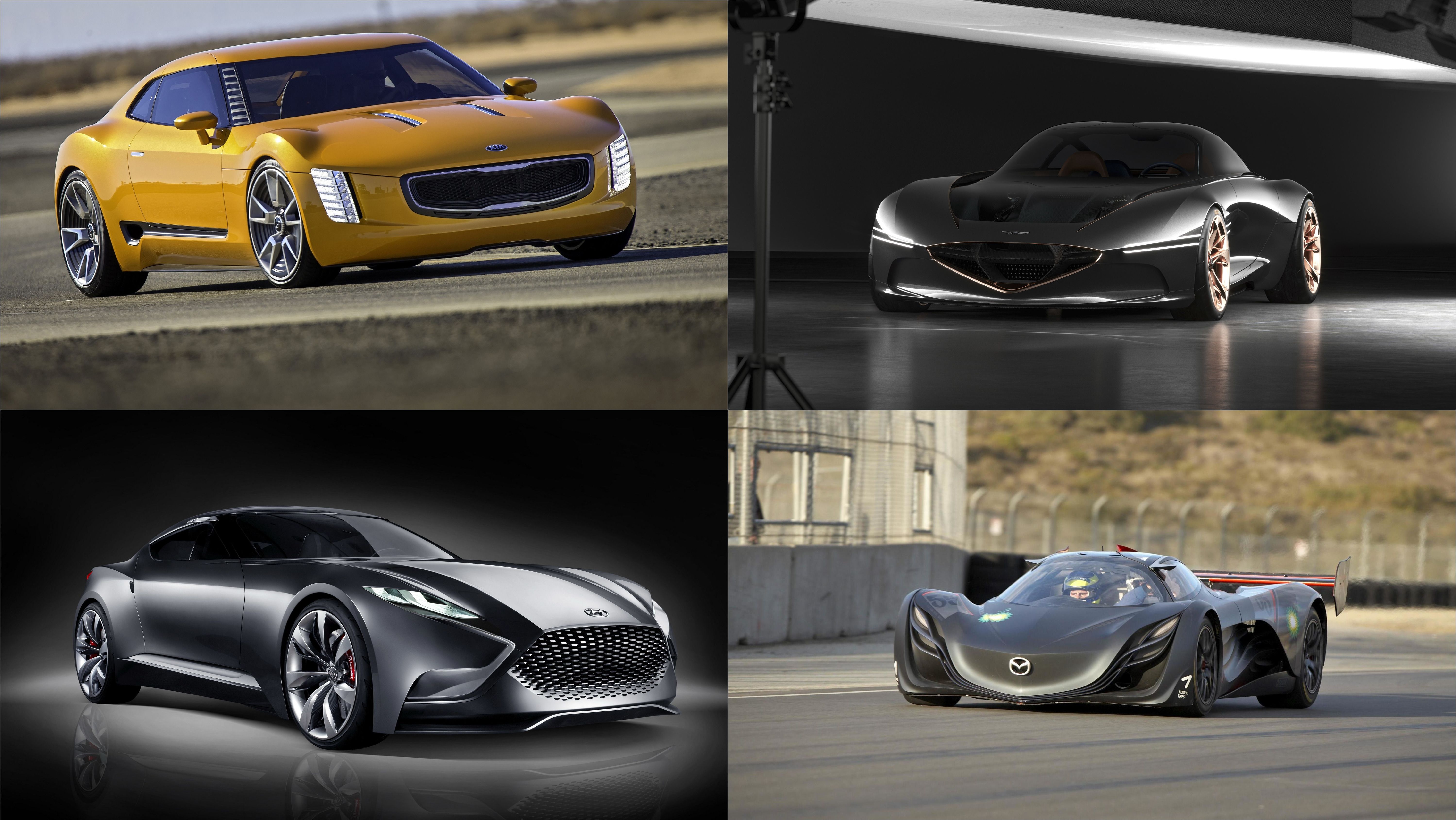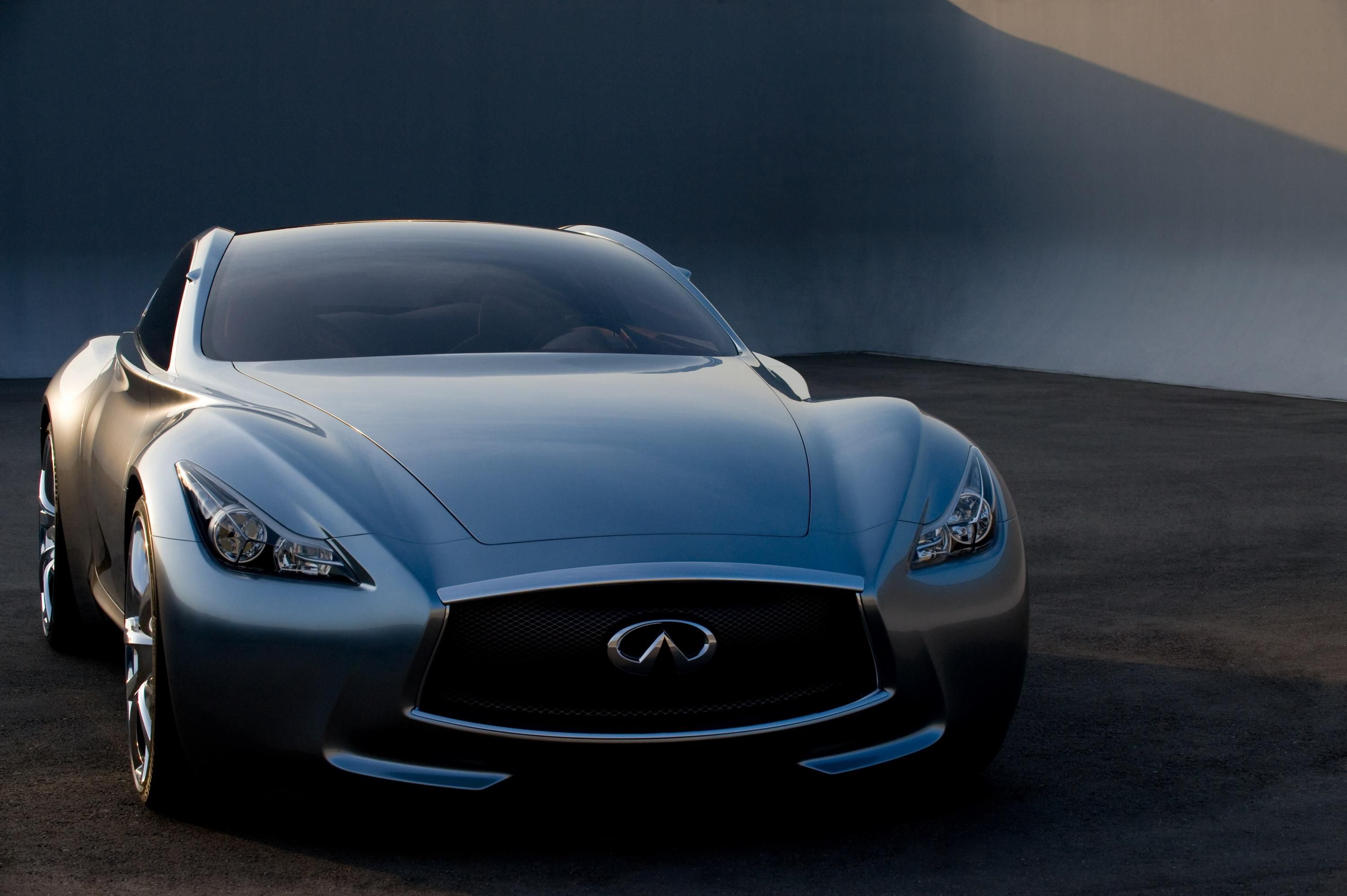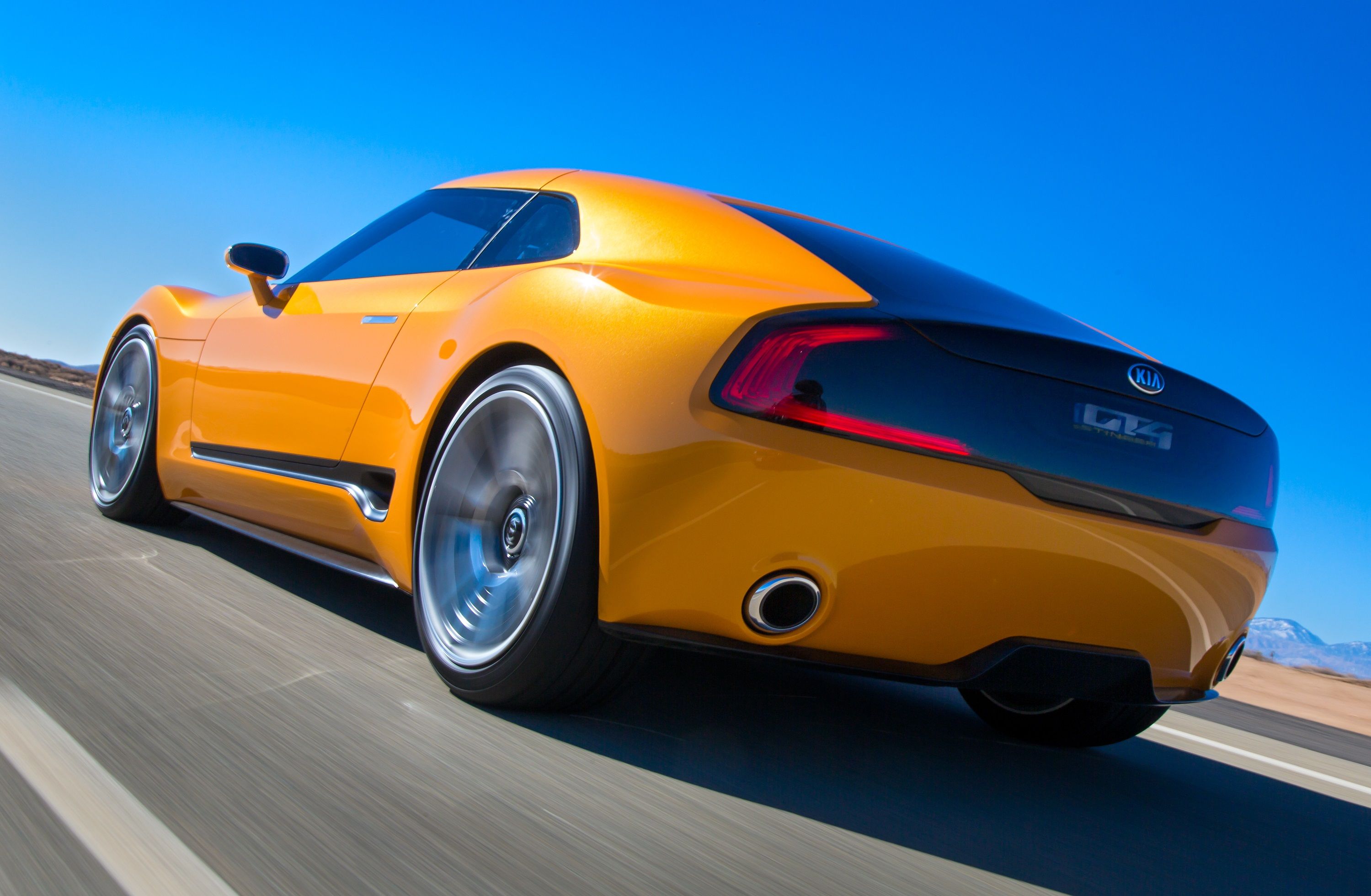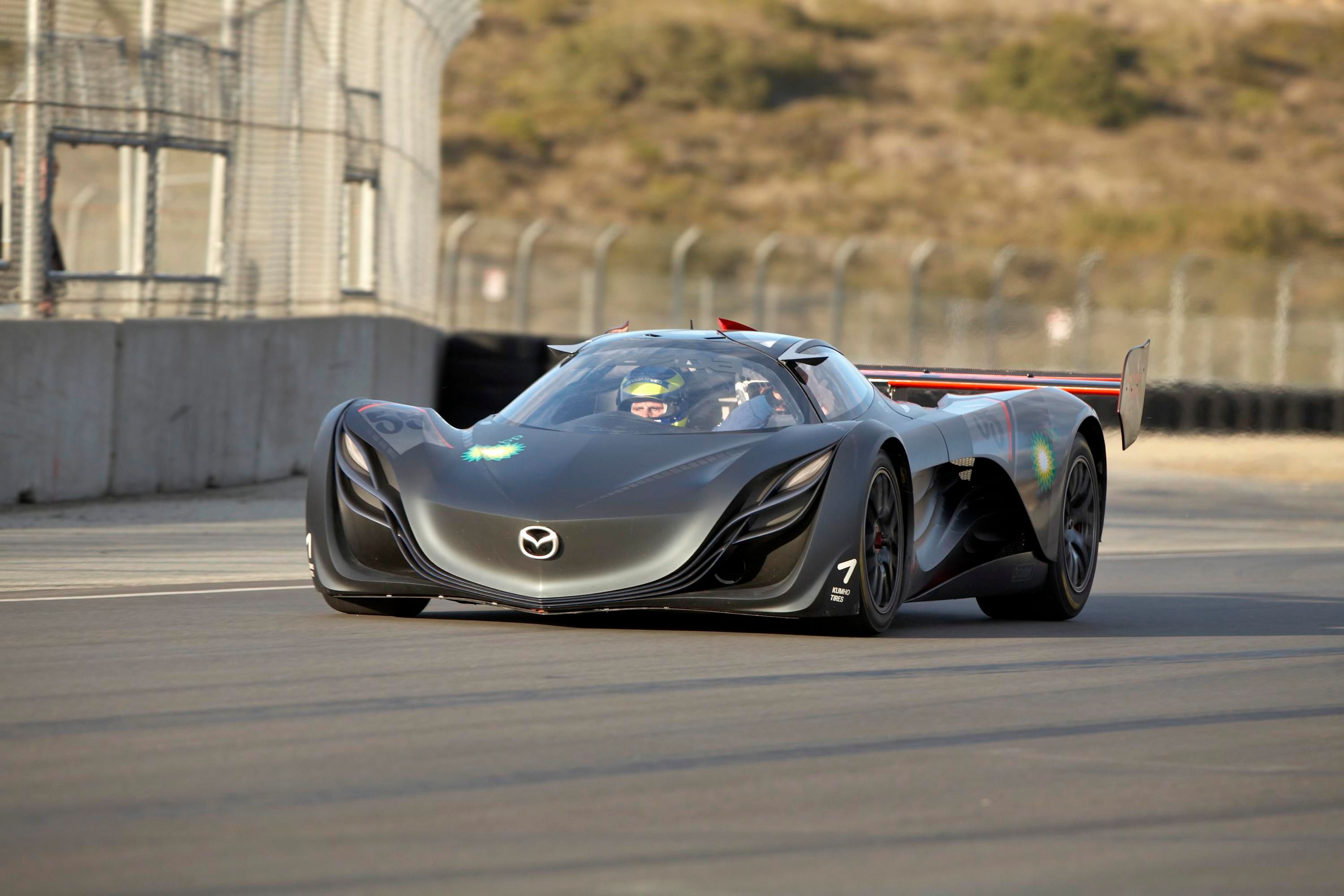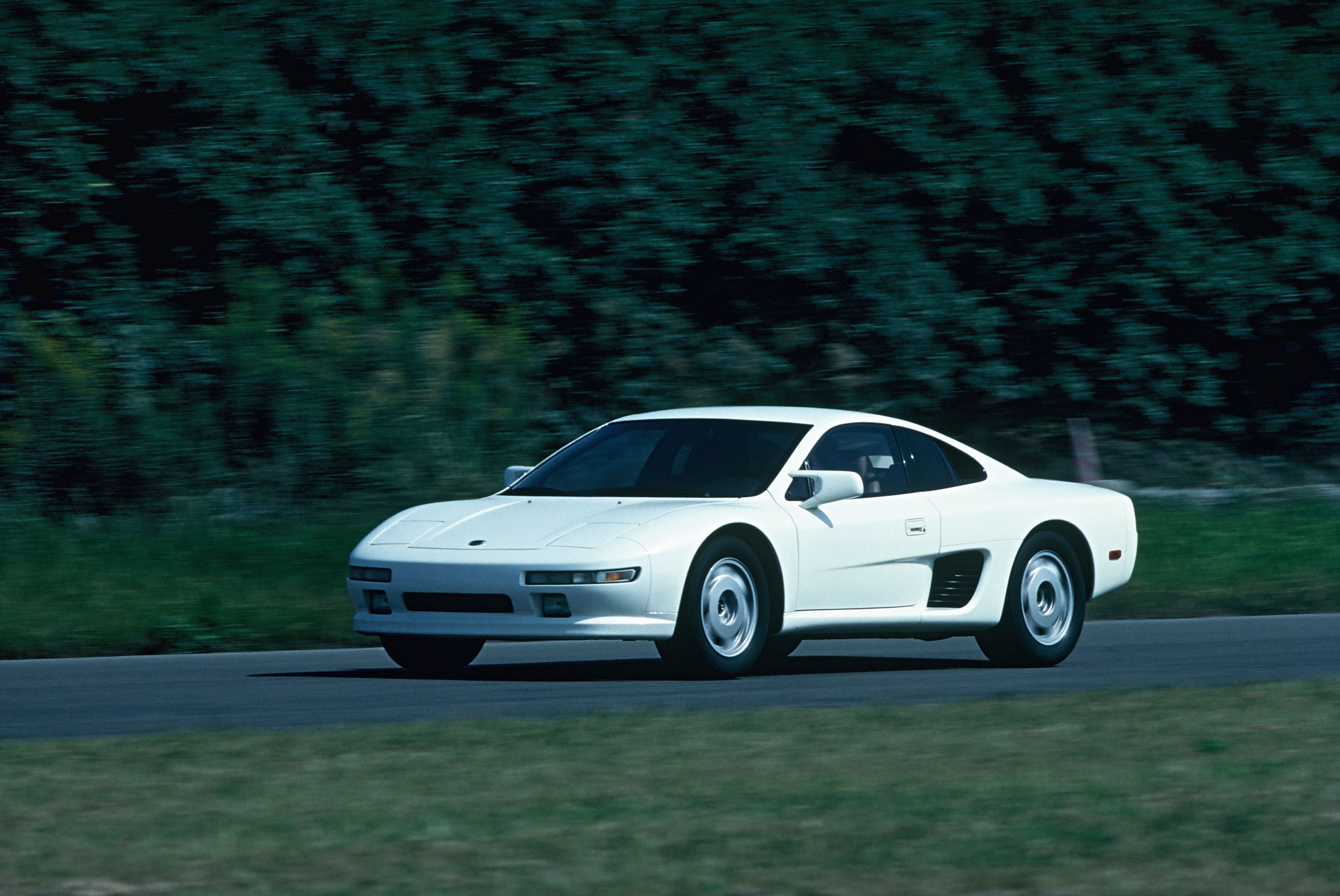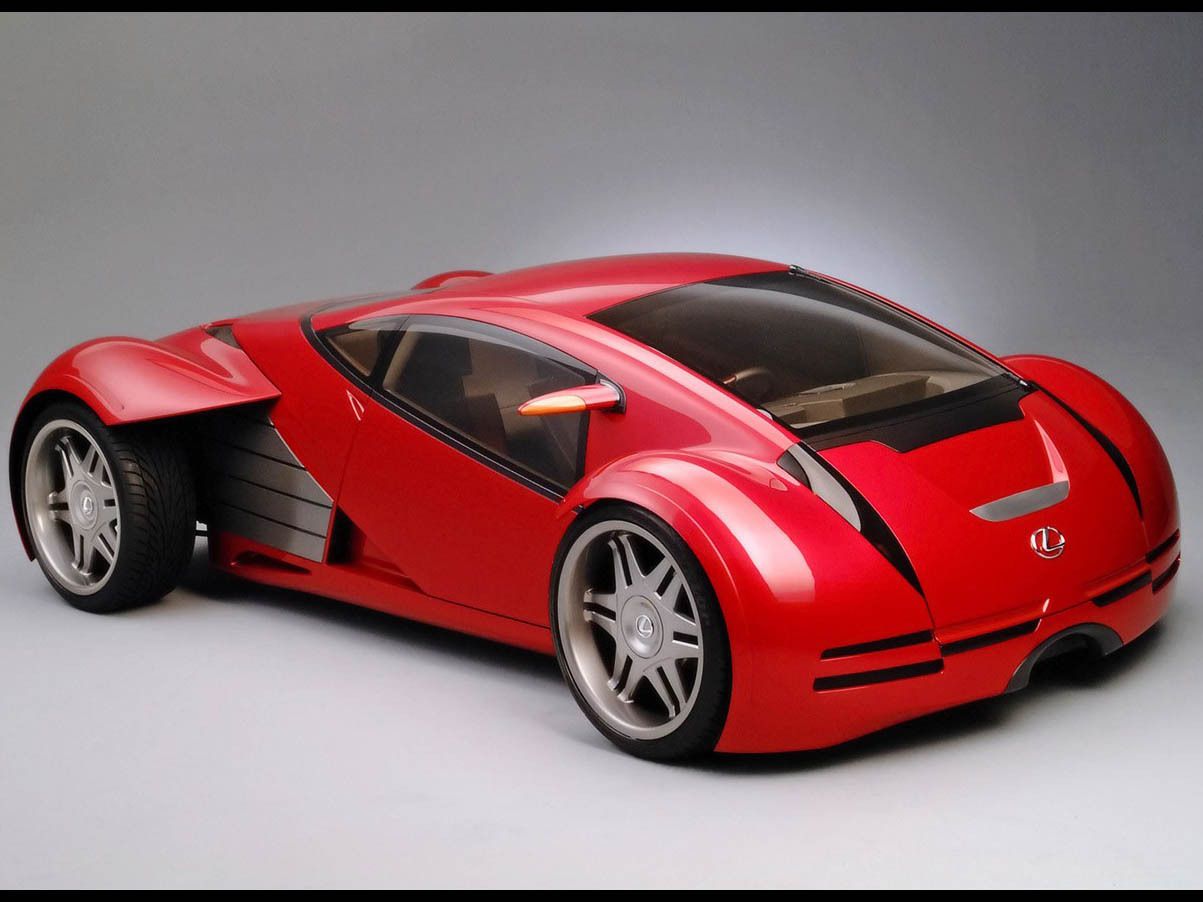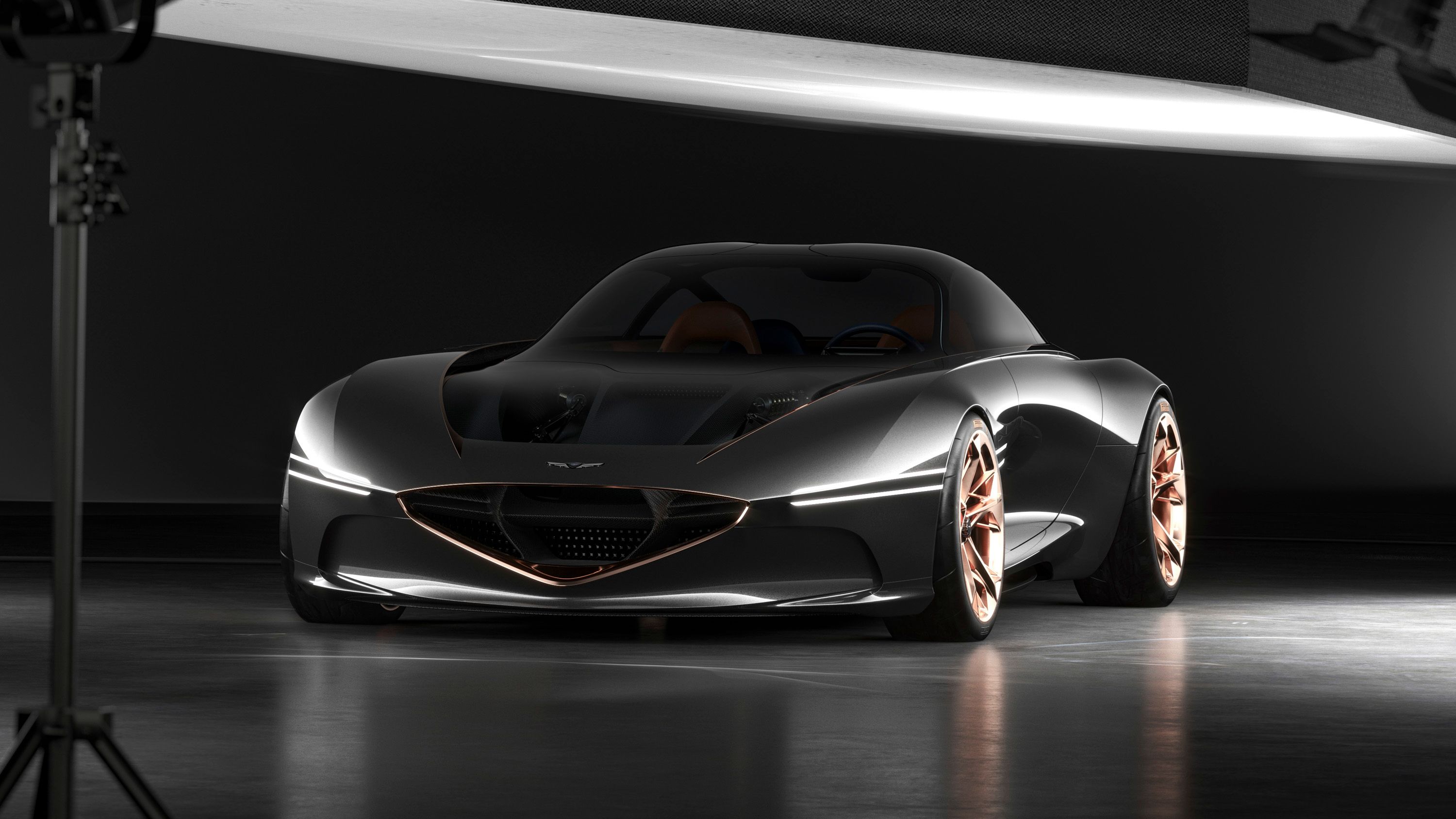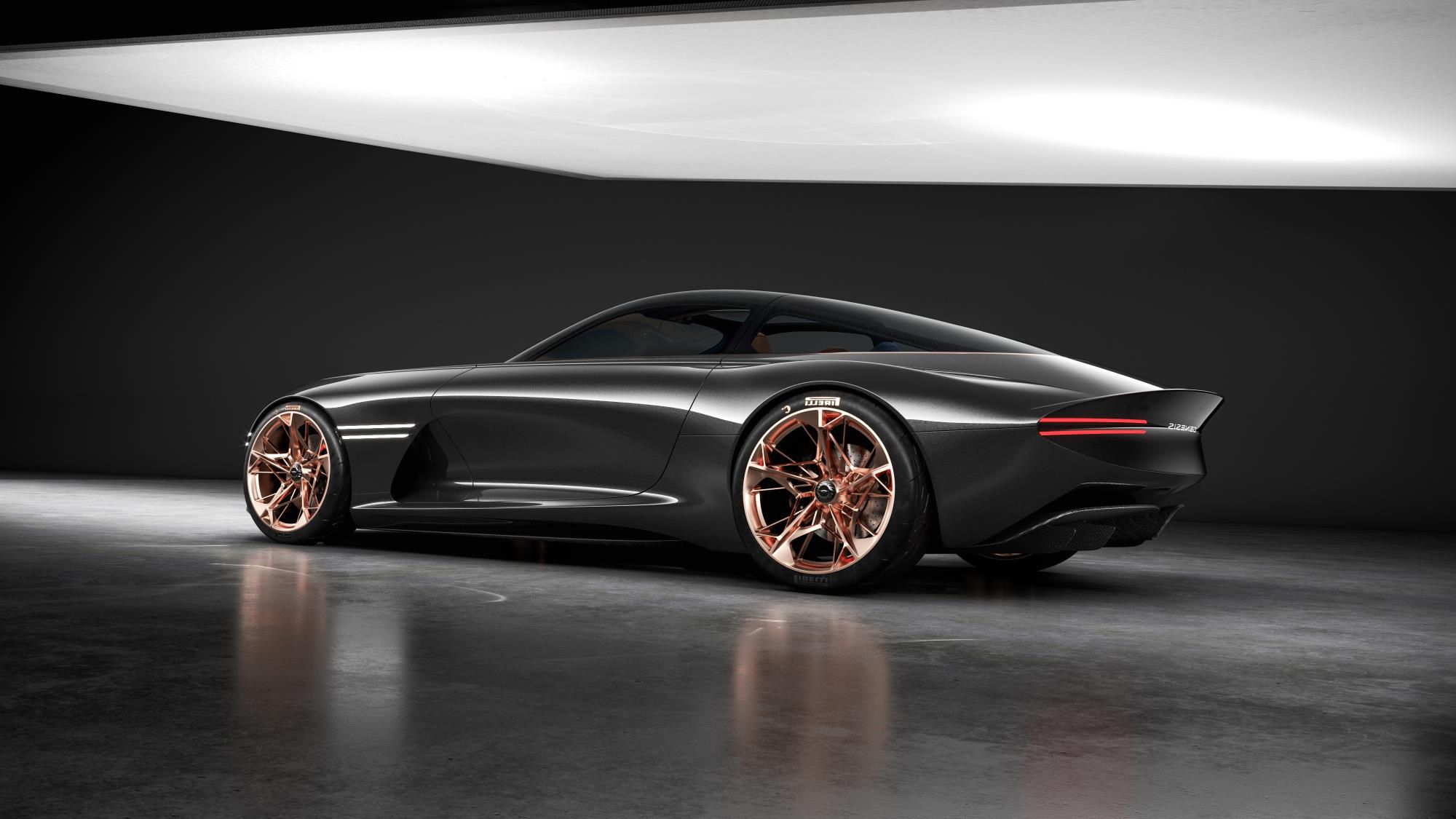Asian manufacturers have long been known to revolutionize the industry, with outside of the box thinking. This, more often than not, results in some pretty interesting concept cars which often steal the show. Sadly, for a car to enter into production it needs to pass certain tedious requirements, like how big the windows or side mirrors should be, or how high the headlights should be positioned.
Needless to say, this makes the job of both the designers and engineers more difficult, which is why many of the Asian concept cars on this list were never mass-produced.
Infiniti Essence (2009)
Car brands love celebrating their birthdays by bringing out extraordinary creations on the motor shows. Infiniti is one such example with their Essence, unveiled at the 2009 Geneva Motor Show.
It was supposed to be a very fast gran tourer, with an exquisite interior for two, and enough cargo room for two big suitcases. It featured a hybrid powertrain with a twin-turbocharged 3.7-liter V-6 with 434 horsepower and close to 443 pound-feet (600 Nm) assisted by an electric “3D motor” with 158 horsepower and 369 pound-feet (500 Nm), for a total output of 592 horsepower.
Read our full review on the Infiniti Essence
Kia Stinger GT4 (2014)
It seems strange that just a few years ago, we could have had a Stinger completely different from the one we know today. The initial name bearer was a concept for a two-door sports coupe. The Stinger GT4 was designed in Kia’s design studio in California.
It had a unique tube frame chassis, and a turbocharged 2.0-liter four-cylinder engine producing 315 horsepower. Those were sent to the rear wheels via a six-speed manual. Although the current Kia Stinger is a very nice car, we would have loved a smaller, sportier one as well, similar to how the Hyundai Genesis name belonged to an executive sedan and a sports coupe at the same time.
Read our full review on the Kia Stinger GT4
Mazda Furai (2007)
The Furai can best be described as a modern-day successor to the legendary 787B, or at least it would have been had they produced it. Based on the Courage Competition C65 LeMans prototype, it was as close to an endurance racing car as it could get.
If it doesn’t sound like a lot, keep in mind the car weighs just 1,488 pounds (675 kg). Sadly, in 2013 the car caught on fire while being tested and was completely incinerated.
Read our full review on the Mazda Furai
Hyundai HND-9 (2013)
The aim of the HND-9 was to showcase Hyundai’s future design language and technology.
Under the stunning body lines we find familiar hardware. Although not much is known about it, we know the HND-9 had the 3.3-liter twin-turbo V-6 which we now find in the Stinger GT and various Genesis models. There were also rumors about it receiving the 5.0-liter normally-aspirated V-8 normally reserved for the higher spectrum of Genesis vehicles. Sadly, Hyundai did not take the opportunity to give us a proper driver’s car.
Read our full review on the Hyundai HND-9
Nissan MID-4 (1985-1987)
It is mind-blowing that Nissan had the opportunity to make a mid-engine competitor to the NSX and didn’t take it.
The first MID-4 had a VG30DE engine. It’s the normally-aspirated version of the 3.0-liter V-6 used in the Z32 300-ZX. The MID-4 II used the twin-turbo version of the same engine. Both generations featured an all-wheel-drive system that was the predecessor to the ATTESA. It sends 33 percent of the power to the front and 67 to the rear wheels. The gearbox was a five-speed manual.
Lexus 2054 (2002)
The Lexus 2054 was meant to represent the future of automobiles as well as fit all supposed requirements in 2054. In the movie, the car was said to feature future tech such as crash-proof structure, biometric security, and others.
Judging by the direction Lexus and its parent company Toyota have been taking over the last two decades, we can speculate that a production version would have had an electric or hydrogen propulsion system. We will have to wait till 2054 to find out.
Read our full review on the Lexus 2054
Hyundai Genesis Essentia (2018)
As with the previous Hyundai on this list, information is relatively vague. The Genesis Essentia was meant to be the brand’s flagship gran tourer. Its design features a long and sleek silhouette with classic sports car proportions. It wasn’t just for show, however.
This meant they could arrange the battery pack in an “I-shape” where the engine, transmission, and driveshaft are usually located. Because of this, the Hyundai Genesis Essentia achieves function and functionality. The exact horsepower and torque figures are a mystery, but it is said that the sprint to 60 mph happens in less than 3.0 seconds.
Read our full review on the Hyundai Genesis Essentia
Toyota FT-1 (2014)
The last entry on the list might be surprising.
The 2014 concept suggested that the Supra will be a 2+2 coupe, just like the Mark IV. Instead, it was built on a much shorter Z4 chassis, which meant they had to cram all those beautiful lines in a much more compact body. Another feature the A90 Supra dropped was the FT-1’s swan doors. All we know about the drivetrain is that it is a rear-wheel-drive setup. There were speculations about the engine being a 5.0-liter V8 or even the screaming V-10 from the LFA. Two FT-1 prototypes were built.
Read our full review on the Toyota FT-1

